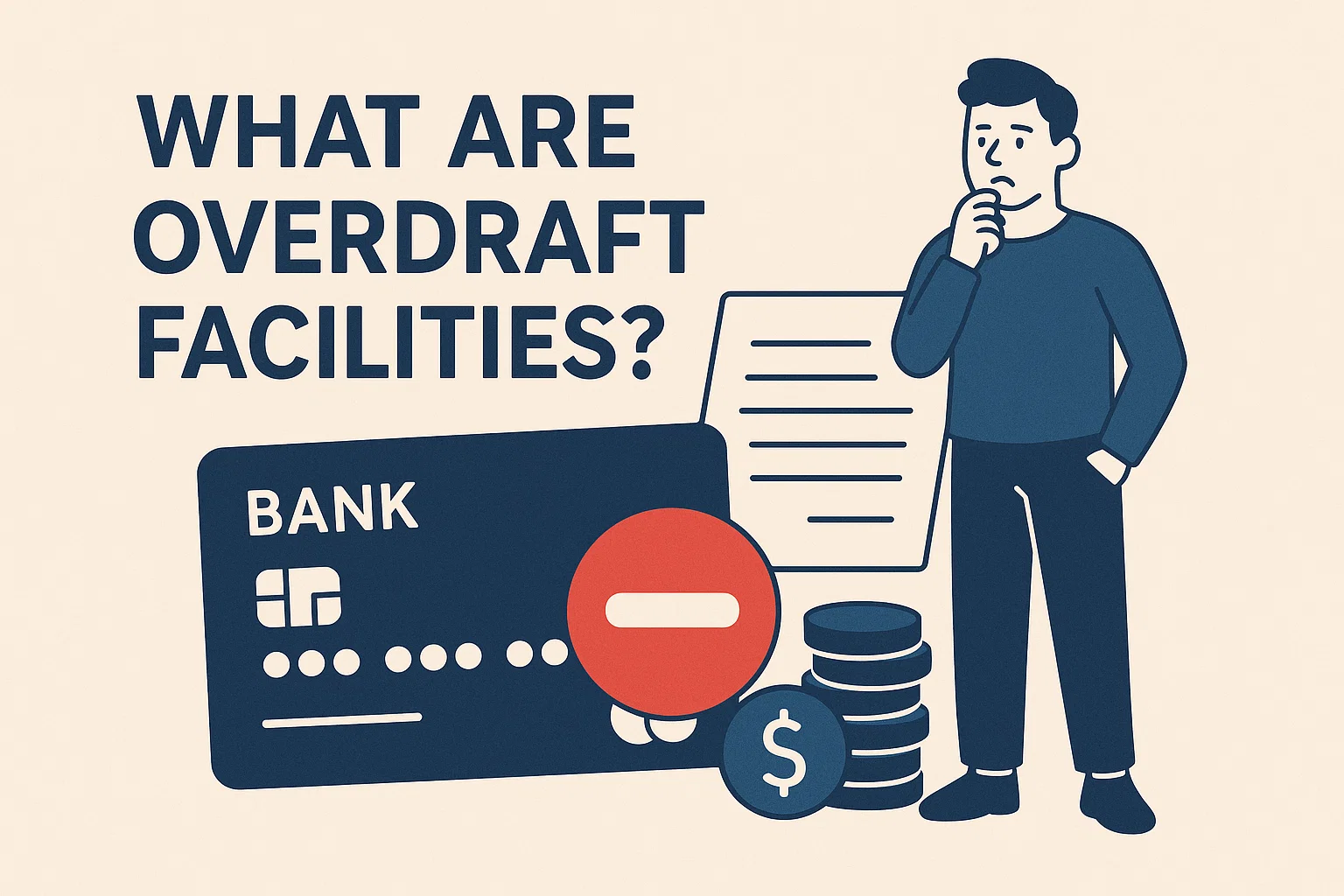Breaking News
Popular News




Enter your email address below and subscribe to our newsletter

Learn everything about overdraft facilities in 2025 — how they work, benefits, charges, and eligibility. A must-read guide by bit2050.com for smart financial planning.
overdraft-facilities
In today’s dynamic financial world, managing cash flow efficiently is crucial—especially for businesses and individuals juggling multiple commitments. One useful banking feature that helps in such situations is overdraft facilities. But how do they work? Are they safe? And who should use them?
Let’s explore the concept in detail and understand if an overdraft is the right tool for your money management strategy.
An overdraft facility allows you to withdraw more money than what is available in your bank account, up to a certain approved limit. It acts like a short-term credit provided by banks or NBFCs to meet urgent financial needs without the hassle of applying for a personal loan.
Overdraft is typically tied to your savings or current account. Once activated, you can overdraw up to your approved credit limit.
Unlike personal loans, interest is charged only on the amount you use, not the entire approved limit.
There’s no fixed EMI. You can repay at your convenience, though regular usage and repayment boosts credit health.
Some banks offer secured overdrafts against fixed deposits, while others offer unsecured overdrafts based on your income and credit score.
Unsecured overdraft facilities come with higher interest rates, sometimes as much as 14–18% annually.
Overdrafts are often pre-approved for businesses to manage working capital gaps, supplier payments, and salary disbursals.
Be aware of processing fees, renewal charges, and penalty interest if the repayment is delayed or the limit is exceeded.
Q1. Is an overdraft better than a personal loan?
If used responsibly, yes. Overdrafts are flexible and you pay interest only on the used amount.
Q2. Do overdraft facilities affect my credit score?
Yes. Timely repayment improves your score, while delays can hurt it.
Q3. How do I apply for an overdraft facility?
Most banks offer it to eligible customers. You can apply via net banking, mobile apps, or by visiting the branch.
Q4. Can I increase my overdraft limit?
Yes, subject to your credit history and income. You’ll need to place a request with the bank.
Q5. What happens if I don’t repay the overdraft?
You’ll be charged penalty interest, and prolonged default can lead to legal recovery actions.